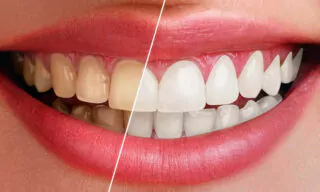How To Face Swap in Photoshop for Realistic Results
In this comprehensive Photoshop tutorial, we will delve into the art of face swapping. This process involves taking two faces, either from the same photo or from different ones, and swapping them while ensuring the result looks incredibly realistic.
The technique is fascinating and requires a keen eye for detail and a solid understanding of Photoshop’s tools.
Opening the Photos for Face Transplantation
To begin, you need to select and open the photos you intend to use in Photoshop. These could be images of two people side by side or two completely separate photographs. The objective here is to seamlessly exchange the faces from these images.
Our primary aim is to cut out one person’s face and replace it with another’s. By the end of this tutorial, the swapped face should appear as if it naturally belongs to the new body, enhancing the realism of the image.
Selecting and Copying the Face
Firstly, zoom in on the face you want to cut. Carefully use the Lasso Tool to select around the face, excluding areas like the beard if present. Once selected, press Control+C to copy the face.
Pasting and Adjusting the Face
Placing the Face onto the New Image
Navigate to the second image where the face will be placed. Use Control+V to paste the copied face. Then, lower the opacity to about 60% to better see both the pasted face and the underlying original.
Matching Features
With the help of the Transform tool (Ctrl+T), adjust the pasted face to align the eyes, nose, and mouth with the features of the underlying face. You might need to resize or rotate the face for a perfect match.
Color Matching for Realism
To blend the face seamlessly, select it and then use the Match Color option under Adjustments. This step is crucial for adapting the pasted face to the color tone of the original photo, making the composite more realistic.
Blending the Edges
After adjusting the colors, contract the selection around the pasted face to blend the edges. Deleting the contracted area on the original layer will help in merging the new face with the background more naturally.
Select both the face layer and the background layer and use the Auto-Blend Layers option under the Edit menu. This will smoothly merge the edited face with the original image, creating a highly realistic and seamless result.
Conclusion
This tutorial demonstrates the power and potential of Photoshop in creating realistic face swaps. The key to success lies in careful selection, accurate alignment, and subtle blending.










